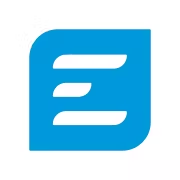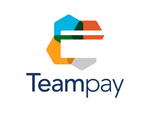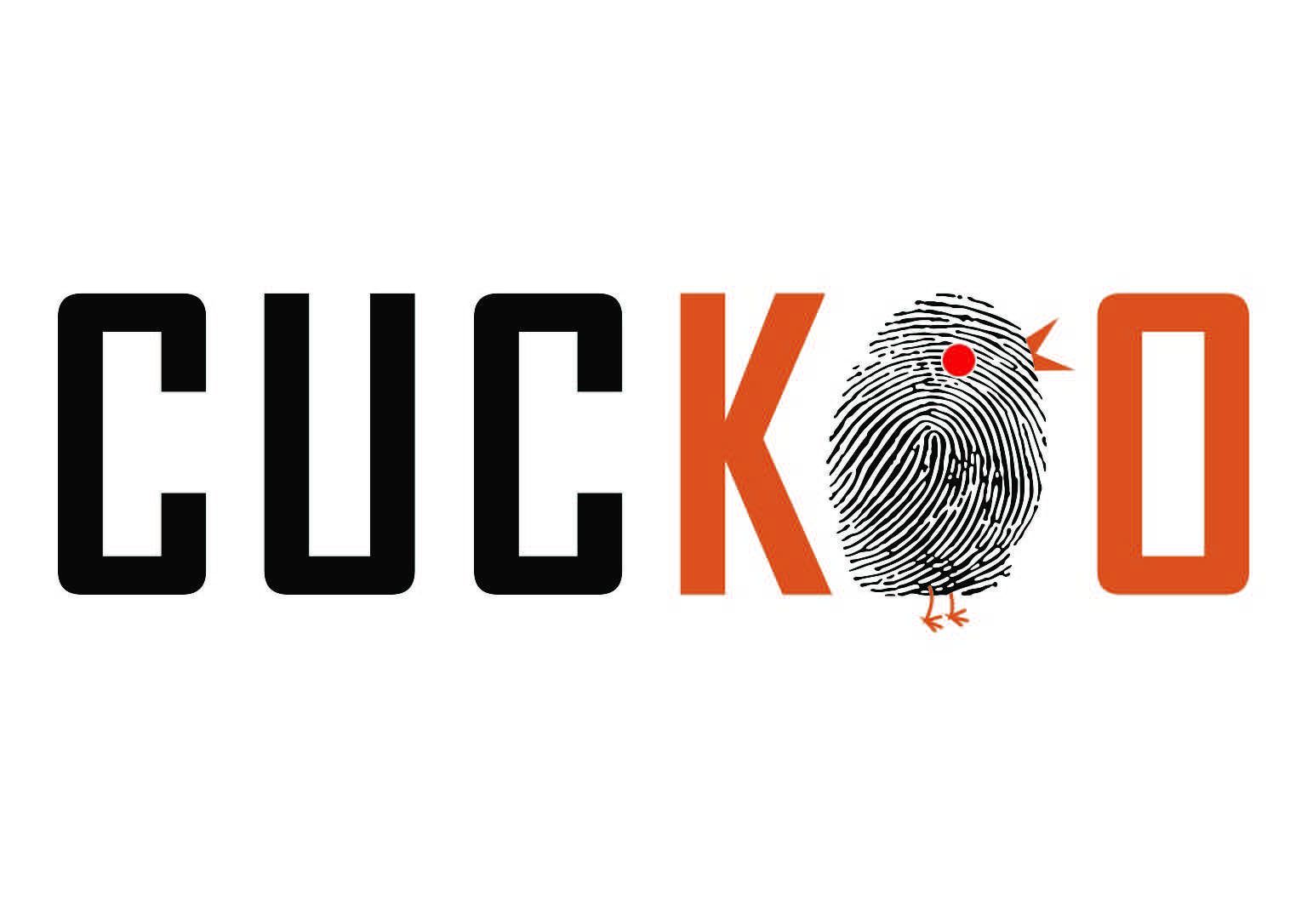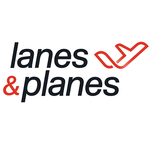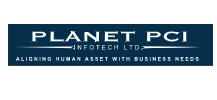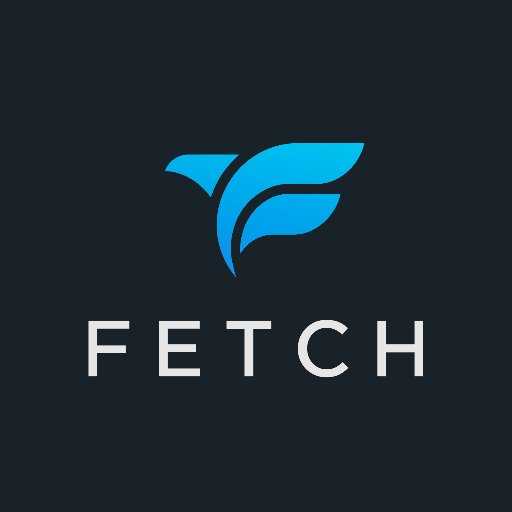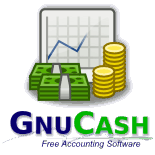What Is Expense Management Software?
Expense management software is an essential tool for any business seeking to streamline spending and enhance financial management. In a word, expenditure management software is a digital solution that streamlines the process of tracking, evaluating, and controlling a business's expenses. This program offers a centralized platform for handling all forms of corporate expenses, including employee reimbursements, travel expenses, and vendor payments.
cost management software is intended to simplify and speed up the complete cost management process, from submission to payment. It eliminates the need for manual entry and paper receipts, lowering the risk of human mistake while saving time for both employees and finance teams. Businesses can use this software to gain a real-time picture of their spending and make informed decisions about cost control and budget optimization.
Receipt scanning is a key function of expenditure management software, allowing employees to take a photo of their receipt and submit it into the system. The software takes pertinent data, such as the date, quantity, and vendor, and automatically categorizes it for simple tracking and reporting. This function saves time while also ensuring accurate expense reporting.
Furthermore, most expense management software allows you to create configurable policies and guidelines to verify that your spending is in line with business policies. This eliminates the need for manual review and intervention, increasing transparency and efficiency. This program not only tracks expenses but also controls budgets, manages vendors, and provides analytics.
Budget control allows organizations to set expenditure restrictions and receive notifications when they are about to exceed them. Vendor management enables businesses to track their vendors' payment terms and negotiate better arrangements. Analytics provide detailed insights into expenditure patterns and can assist identify areas where cost-cutting initiatives might be adopted.
What Are The Recent Trends In Expense Management Software?
Expense management software has become an indispensable tool for organizations of all kinds since it simplifies and automates the process of tracking and controlling spending. With rapid technological improvements, expenditure management software has developed to match businesses' ever-changing needs. One of the most recent advances in expense management software is the incorporation of artificial intelligence (AI) and machine learning (ML) capabilities.
These technologies enable the software to learn from previous expense data, making intelligent recommendations, forecasting future expenses, and detecting potential fraud or errors. This saves time and increases accuracy, making spending management more efficient. Another trend is the integration of mobile apps with expenditure management software.
With the advent of remote work and a more mobile workforce, the demand for mobile accessibility has grown. Employees may effortlessly submit and track expenses on the move using mobile apps, which eliminates the need for paper receipts and laborious data entry. Many expenditure management software suppliers are also migrating to cloud-based solutions. This means that all expense data is kept and accessible in the cloud, allowing businesses to access and analyze data from any location in the world. Cloud-based software also provides increased security and automatic updates, ensuring that firms always use the most recent version.
Furthermore, expenditure management software is becoming more flexible and user-friendly. Many suppliers now give capabilities such as configurable approval workflows, multi-currency compatibility, and bespoke reporting to let businesses adjust the software to their specific needs. User-friendly interfaces and intuitive design make it easier for employees to utilize the program, leading in higher adoption and more accurate expense tracking.
Finally, sustainability has become an important consideration in spending management software. With the increase in corporate sustainability activities, several software suppliers are including tools that enable firms to track and minimize their carbon impact. This incorporates features like paperless receipts, carbon emission tracking, and connection with environmentally friendly transportation options.
Benefits Of Using Expense Management Software
Expense management software is a valuable tool for businesses and organizations looking to improve their financial processes and management. With the ability to streamline and automate expense tracking, reporting, and reimbursement, this software provides numerous benefits that can save time, reduce costs, and increase efficiency.
Let's dive into the specific advantages that come with using expense management software.
1. Time-Saving Features: Manual expense management is a time-consuming process that involves collecting receipts, manually inputting data, verifying expenses, and creating reports. With expense management software, these tasks are automated, saving employees and managers valuable time. The software also allows for hassle-free expense submission and approval, eliminating unnecessary back-and-forth communication and delays.
2. Accurate Expense Tracking: Expense management software reduces the risk of human error and improves the accuracy of expense tracking. It automatically captures data from receipts and categorizes expenses, eliminating the need for manual data entry. This reduces the chances of errors and fraudulent claims, ensuring that businesses only reimburse legitimate expenses.
3. Real-Time Visibility: Having real-time visibility into expenses is crucial for businesses to make informed financial decisions. With expense management software, managers can track expenses as they occur and view detailed reports at any time. This feature also allows for better budget monitoring and helps identify spending patterns and areas for cost-cutting.
4. Mobile Accessibility: In today's digital age, it is essential to have access to business data on the go. Expense management software offers mobile accessibility, allowing employees to submit expenses and managers to approve them anytime, anywhere. This feature is particularly helpful for remote workers and frequent travelers.
5. Compliance And Policy Enforcement: Maintaining compliance with company policies and government regulations is critical for businesses. Expense management software comes with built-in policy and regulatory compliance checks, ensuring that all expenses adhere to the set guidelines. This feature also helps prevent policy abuse and reduce overall costs.
6. Integration With Accounting Software: Many expense management software platforms offer integration with popular accounting software. This allows for seamless data transfer and eliminates the need for manual data entry, reducing the risk of errors and saving time.
7. Cost Savings: Implementing expense management software can result in cost savings for businesses. With streamlined processes, reduced errors, and improved visibility, companies can cut down on expenses such as administrative costs, turnaround time, and reimbursement fraud.
Important Factors To Consider While Purchasing Expense Management Software?
As firms develop and expenses rise, an efficient and well-organized expense management procedure becomes increasingly important. expenditure management software can greatly simplify the expenditure monitoring and reimbursement process, saving time and resources for businesses of all sizes. However, with so many alternatives on the market, selecting the correct expenditure management software can be intimidating.
To help you make an informed selection, we've developed a list of key aspects to consider when selecting expenditure management software.
1. Features And Functionality: The software's features and functionality are the most important factors to evaluate. A decent expenditure management software should have automated spending tracking, receipt scanning, configurable approval processes, and connections with accounting and payroll systems. Consider your company's specific needs and make sure the software you purchase fulfills them.
2. User-Friendly Interface: The software's interface should be simple to use, especially for non-technical users. It should have a straightforward and intuitive design that allows employees to submit expenses and management to examine and approve them.
3. Mobile Compatibility: In today's fast-paced work environment, it is critical to have software that can be accessed on the go. Look for software that has a mobile app that works with both Android and iOS devices. This will allow employees to report expenses from anywhere at any time, making the process more effective.
4. Integration Capabilities: Expense management software should be compatible with your current accounting or payroll systems. This eliminates the need for manual data entry while ensuring accurate and timely expense data delivery.
5. Security And Compliance: Because you will be working with sensitive financial information, you must choose software that has strong security mechanisms in place. Look for software that supports data encryption, safe login, and regulatory compliance, such as PCI-DSS and GDPR.
6. Pricing: Expense management software may be a considerable investment for any organization, thus the pricing structure must be carefully considered. Some software vendors charge a flat fee per user, while others charge based on the amount of expenditure reports created. Choose a pricing model that fits your budget and anticipated usage.
7. Customer Support: A dependable and responsive customer support service is essential, especially if you run into any technical problems or have questions about the product. Look for software vendors who provide 24/7 customer assistance and have an excellent track record of addressing difficulties quickly.
8. User Reviews And Ratings: Reading reviews and ratings from other users can provide useful information about the software's functionality and user experience. Look for evaluations on independent sites such as G2 Crowd and Capterra to gain an unbiased perspective on the software's merits and weaknesses. With these considerations in mind, you can begin your search for the ideal expenditure management software for your organization. Consider performing demos and trials to gain firsthand experience before making a final decision. Investing in the correct expense management software will not only streamline your expenditure operations, but also save your firm time and money.
What Are The Key Features To Look For In Expense Management Software?
Efficiency and accuracy are critical components of any business's expense management. This is where cost management software comes in. This revolutionary application can help organizations save time, eliminate errors, and gain a better understanding of their financial data by streamlining the spending monitoring and organization process. But, with so many options available, how can you know which one is the best fit for your organization?
The following are the essential elements to look for in expense management software:
1. User-Friendly Interface: A good spending management software should have an easy-to-use and straightforward interface. This means that it should be simple to navigate and use, especially for those who are not technically sophisticated. Look for software with a well-organized interface, straightforward menus, and properly labeled icons.
2. Automated Expense Tracking: One of the primary advantages of cost management software is the ability to automate the tracking process. Look for software that allows you to upload receipts and syncs with your credit card and bank accounts to automatically track your spending. This function can save you and your employees many hours of manual data entry.
3. Flexible Approval Workflow: In the business world, there are frequently numerous levels of approval for spending. Look for software that allows you to tailor your approval workflow to your organization's structure and hierarchy. This will ensure that expenses are reviewed in a timely and efficient manner.
4. Real-Time Reporting: One of the main motivations for adopting expense management software is to acquire a better understanding of your company's financial data. Look for software that offers real-time reporting, so you can monitor and analyze your company's spending at any moment. This function allows you to make better educated financial decisions.
5. Mobile Accessibility: In today's commercial world, employees are frequently on the move. Look for cost management software that is mobile-friendly, so you and your team can track and manage spending from anywhere, at any time. This tool can significantly improve your company's expense management capabilities.
6. Integration Of Accounting Software: Expenses are a critical component of your overall financial data. Look for expense management software that works flawlessly with your accounting software. This ensures that expense data is properly reflected in your financial reports and eliminates the need for manual data entry.
7. Customization And Scalability: Each firm is unique, as are its spending management requirements. Look for software that has customization possibilities, so you may adjust it to your company's exact needs. Consider using software that can scale with your organization as it grows.
Why Do Businesses Need Expense Management Software?
Managing expenses is an important part of running a successful business, and manually recording them may be time-consuming and error-prone. This is when expense tracking software comes into play. It is a digital solution that simplifies and automates the expenditure management process, giving organizations a more effective and accurate way to track and control their expenses.
One of the key motivations for firms to use expenditure management software is to save time and resources. Manually processing and reconciling expense reports is a time-consuming activity that might take hours or even days to accomplish. Expense management software simplifies the process by automating operations like data entry, receipt gathering, and approval workflows, saving staff time and effort.
In addition to time savings, expense management software can help firms save money. Automating expense tracking allows firms to identify areas of overspending and potential cost-cutting options. The software can also detect fraudulent or non-compliant spending, avoiding financial losses for the company. Another important feature of expenditure management software is the ability to provide real-time visibility and control over expenses.
Businesses can use the software to track spending in real time, eliminating delays or missed reimbursements. This real-time visibility also enables improved budgeting and forecasting, ensuring that firms meet their financial objectives. Additionally, expenditure management software improves data quality and security. Manual expense monitoring frequently requires the use of paper receipts, which can easily be lost or damaged, resulting in mistakes.
Errors are considerably reduced when using digital receipts and automated data entry. The software also provides secure storage of expense data, protecting sensitive financial information from unauthorized access. Finally, cost management software can be integrated with other corporate systems, such as accounting and payroll software, resulting in a streamlined and efficient process from spending monitoring to reimbursement or payroll.
This interface reduces the need for manual data entry, lowering the likelihood of errors and saving time for the finance team. To summarize, organizations require expenditure management software to save time and resources, lower prices, obtain real-time insight and control over expenses, assure accuracy and security, and increase overall efficiency. Businesses that use the correct cost management software can streamline their spend monitoring process while focusing on business growth.
How Much Time Is Required To Implement Expense Management Software?
The time required to implement expenditure management software varies depending on a number of criteria. The size of your firm, the complexity of your operations, and the software chosen are some of the major elements that can influence the time necessary for deployment. Smaller firms with a simpler expense management process can usually adopt the program in a matter of days.
On the other side, medium to big enterprises with more complex processes may require several weeks or even months to complete the implementation process. The first step in installing expenditure management software is to identify your objectives and requirements. This entails reviewing your present spending management methods and identifying areas for improvement.
It is critical to include all relevant stakeholders at this stage to guarantee that the program satisfies the demands of all users. The next step is to choose software that is appropriate for your goals and requirements. This process entails investigating and comparing several software solutions based on criteria such as features, pricing, and customer reviews.
Once the software has been selected, the implementation procedure can begin. This entails configuring the software to meet your organization's specific requirements and integrating it with other systems, such as accounting or human resource systems. Employee training and onboarding on the new software are also critical components of effective implementation. Depending on the software's complexity and the amount of users, this stage could take anywhere from a few days to a few weeks.
Finally, testing and fine-tuning the software is required to guarantee that it works properly and meets your organization's requirements. This stage might take anything from a few days to a few weeks, depending on the size of your organization and the level of customization required.
What Is The Level Of Customization Available In Expense Management Software?
Expense management software provides different levels of flexibility to fit the unique needs of enterprises. The extent of customization offered varies according to the program supplier, however below are some common options:
1. Integration With Current Systems: One type of customisation provided by cost management software is the ability to integrate with current systems such as accounting software, payroll systems, and project management tools. This enables organizations to streamline their processes and eliminate human data entry, thereby saving time and eliminating errors.
2. Customizable Approval Workflows: Another level of customization is the ability to develop and tailor approval workflows to the business's own hierarchy and policies. This guarantees that spending are appropriately authorized and tracked, reducing the likelihood of fraudulent or unlawful expenditures.
3. Customizable Spending Categories: Businesses have their own spending categories that may not be pre-defined in the software. spending management software allows you to create bespoke spending categories to meet the demands of your business. This enables more accurate spending tracking and reporting.
4. Customizable Reports: Creating customizable reports is an important feature of cost management software modification. Businesses can tailor reports to their own needs, such as by department, project, or spending type. This provides more visibility and analysis of spending for budgeting and cost control purposes.
5. User Permissions And Restrictions: Being able to set user permissions and restrictions is an important level of customisation. This feature enables firms to control which users have access to specific features or data within software. For example, a person in the finance department may have access to all spending, whereas employees in other departments may only view expenses relating to their projects.
Which Industries Can Benefit The Most From Expense Management Software?
When it comes to expenditure management, businesses of all sizes rely heavily on accuracy and efficiency. Here's where Expense Management Software comes in. This unique system automates and streamlines the entire expenditure management process, allowing businesses to properly control their costs while optimizing savings.
While Expense Management Software can assist any organization, a few industries in particular stand to benefit the most. This includes:
1. Financial Services: The financial sector incurs enormous expenses, ranging from client meetings to business operations. Financial institutions can use cost management software to track and control company expenses, ensure regulatory compliance, and streamline client billing processes.
2. Healthcare: Healthcare firms face extensive expense management challenges, ranging from controlling employee travel and training expenses to tracking medical supply and equipment prices. Healthcare professionals can use Expense Management Software to remain on top of their expenses, improve planning and forecasting, and avoid wasteful spending.
3. Manufacturing: The manufacturing industry has several moving elements, including procurement, production, and sales. Managing expenses in this volatile climate can be difficult, but Expense Management Software can provide real-time visibility into all expenses, including raw material costs, labor charges, and maintenance costs.
4. Professional Services: Because of the nature of their work, consultants, lawyers, and other professionals may find it difficult to track their spending. Expense Management Software allows them to conveniently document and categorize their expenses, making it easier to charge clients accurately and effectively.
5. Non-Profit Organizations: Non-profits sometimes operate on tight budgets and must keep track of their spending to ensure that funds are spent as intended. Expense Management Software can help non-profits track and control their expenses, ensuring they stay on budget and eliminate the danger of overspending.
Conclusion
In conclusion, selecting the best expenditure management software for your company necessitates thorough study and research. Understanding your organization's exact objectives, price constraints, and desired features allows you to efficiently narrow down your options and make an informed decision. It is critical to select software that includes a user-friendly interface, extensive automation tools, and configurable reporting capabilities.
This will save your staff time and effort while also providing accurate and timely data for effective decision-making. Additionally, choose a respected vendor with a track record of dependable customer service and continuing support. This ensures a smooth transition and helps to optimize the software's benefits.
Overall, investing in expenditure management software can help your organization by simplifying the expense tracking process, decreasing errors, and giving significant cost-management information. By following this buyer's guide, you can confidently select the software that best meets your company's goals and demands.




